“Listening to that sick voice inside her which whispered, Get away from here, get away.”
page 24
My skin prickled when I realized I was reading this book downstairs alone. The fear Jackson creates is subtle, downplayed by the narrator’s skepticism and limitations, but the unwritten words and images slowly creep across my skin until I believe for a moment that I detect a change in temperature, a creek down the hall. I know that ghosts are not real. But the characters in The Haunting of Hill House also know that ghosts are not real.
There are some scenes in this book that screeched terror into my mind. However, Mrs. Montague and Arthur, characters who join the paranormal seeking party at Hill House a few days late, are strange additions to the story. After their arrival, the story shifts, the other characters are jostled about and the story loses tension as it changes from a ghost story to a psychological thriller. The entrance of these two characters and the genre shift deflates the slow pacing and building mystery. The plot becomes about mental illness rather than ghosts. The narrator, Eleanor, who is already unreliable, becomes delusional and the story becomes tragic rather than spooky.
This book is not what I expected it to be. I thought it was a book meant to scare the reader, but it turned out to be a feminist novel about trapped and gaslighted women in a society that feigns their safety. Thank you, Shirley, for making Hill House a character with eyebrows and malice. Thank you for using big, beautiful words like atavistic (which means “relating to or characterized by reversion to something ancient or ancestral”). And thank you for writing about women as a woman in the 1950’s.



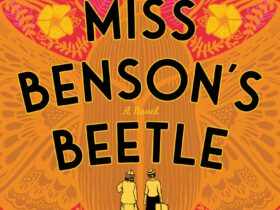


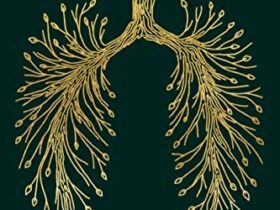


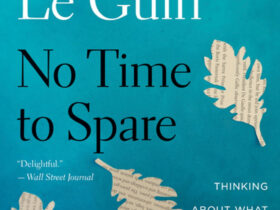
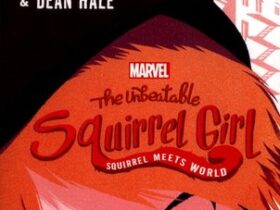









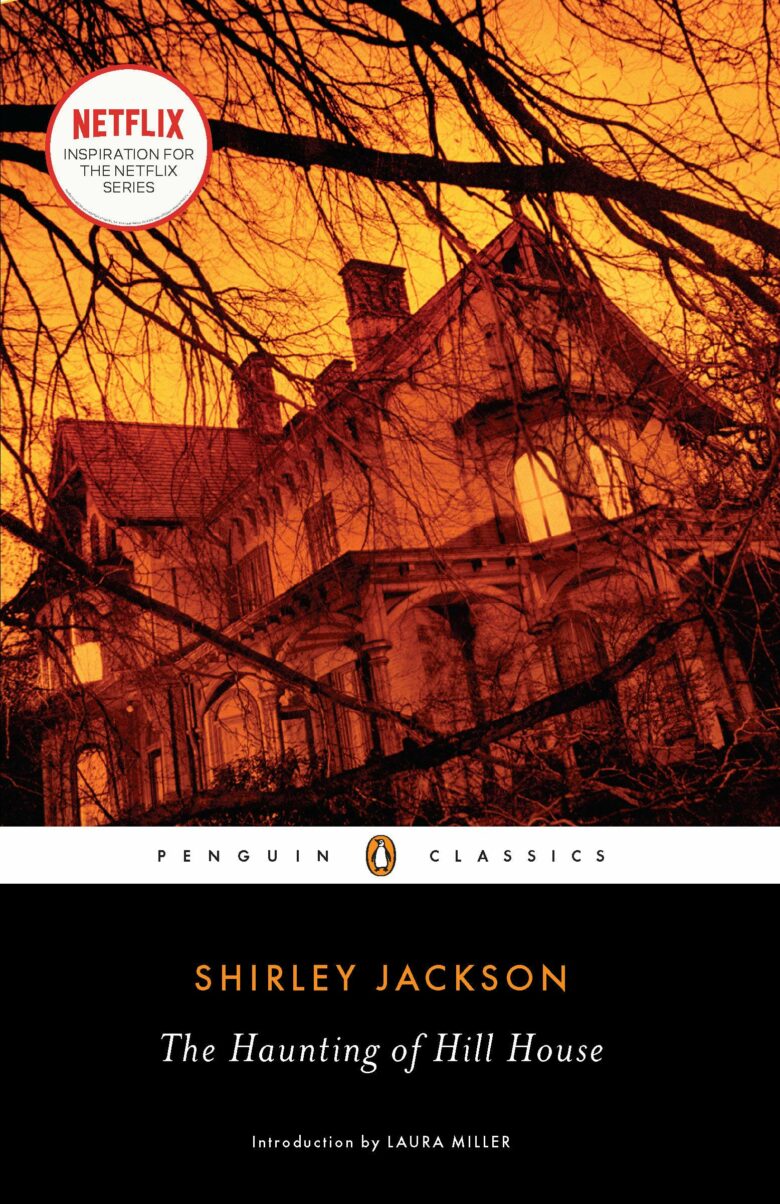





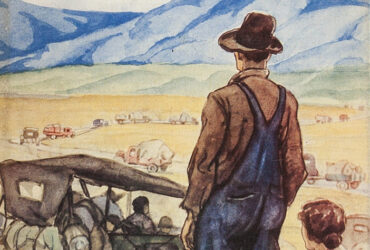

Leave a Reply